I exercised 478 days in a row. You’re probably assuming that I’m a body builder. Well, I guess in a way I sort of am.
I’ve learned how to “rebuild” my body so that I can function again. You see, before I attended the Functional Independence Restoration Program (FIRST) at Cincinnati Children’s, I was in so much pain that I couldn’t get out of bed. I was severely depressed and wasn’t able to attend school.
How It All Began
When I was 12, I became so tired that I couldn’t stand up. When I was 14, I started to have joint dislocations and pain all over. I was inpatient at a hospital in New York while they tried to figure out what was going on with me. I consider myself lucky in that I was diagnosed with this trifecta of conditions within months of showing symptoms: postural orthostatic tachycardia syndrome (POTS), Ehlers-Danlos syndrome (EDS) and tethered spinal cord.
POTS affects blood flow and can cause lightheadedness and even fainting. I often had to be in a wheelchair because I fainted so frequently. EDS is a connective tissue disorder that can cause loose joints, dislocations and pain. I had daily dislocations and severe, chronic pain. Tethered spinal cord happens when the spinal cord attaches to tissue around the spine and causes restricted movement.
For some people, it can take years to even decades to receive some of these diagnoses. It was nice to have an explanation for my pain and dysfunction in mobility; however, I was miserable and something needed to change.
Traveling to Cincinnati
So my mom and I did some research about pain management programs and found a video from Dr. Goldschneider. Cincinnati Children’s has a highly intensive inpatient program for kids and teens with chronic pain. We made our way from New York to Cincinnati to see if he could help me. After speaking with him, I was cautiously optimistic. It felt like a last resort of sorts, because I had tried just about everything else and I desperately wanted to get better.
What the FIRST Program Was Like
I’m not going to lie – the program was a lot of work! It included visits with occupational therapy, physical therapy and rehab, which added up to about four hours of exercise every day for four weeks. I did cardio, strength training, and stretching. I also saw behavioral medicine, music therapy and massage therapy.
Essentially what all of this exercise did was strengthen all of my joints to prevent them from dislocating. And the visits with behavioral medicine helped me change my perspective about my pain. I can live my life, despite having this pain.
Returning to New York
After those four weeks, I returned to New York. There was a marked difference in my energy level. I wasn’t as tired and was able to function again. For instance, I was actually able to get dressed and go back to school! I knew that in order to maintain that function, I would need to continue exercising. It was keeping my body strong and my joints intact. So I vowed to do it every day for as long as I could.
I knocked my daily exercise regimen down to one hour: 15 minutes of cardio, 15 minutes of stretching and 30 minutes of strength training. I separated lower body, upper body, core and hand strengthening exercises on different days to give my muscles a rest. This routine helped to keep my joints in place without spasming.
What Life is Like Now
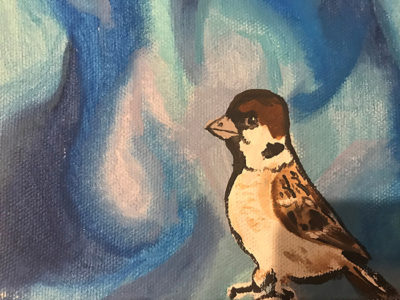
I can say without a doubt that the FIRST program has saved my life. I have been able to do all of the things that I never thought would happen when I was confined to a wheelchair and hospital bed. High school graduation happened. I’m working while applying to colleges. Learning how to drive. Spending time with family and friends. Essentially, I’m living the life that I was supposed to.
I’m the happiest I’ve ever been. I can now visualize a future and know that it’s within my reach. Excitingly, I plan to attend college so that I can become a pain management doctor or psychologist. I want to help people the way that they have helped me.
And I plan to continue my exercise streak for as long as I can. I need it for my health. I understand that missing one day isn’t going to hurt anything in the long run. But it makes me feel incredible and I owe it to myself to keep the “rebuilding” of my body going.
Our Functional Independence Restoration Program approach helps patients learn more about their condition, develop coping skills, recondition their bodies and transition back into their lives. To learn more, call 513-803-1500 or fill out our online form for more information.

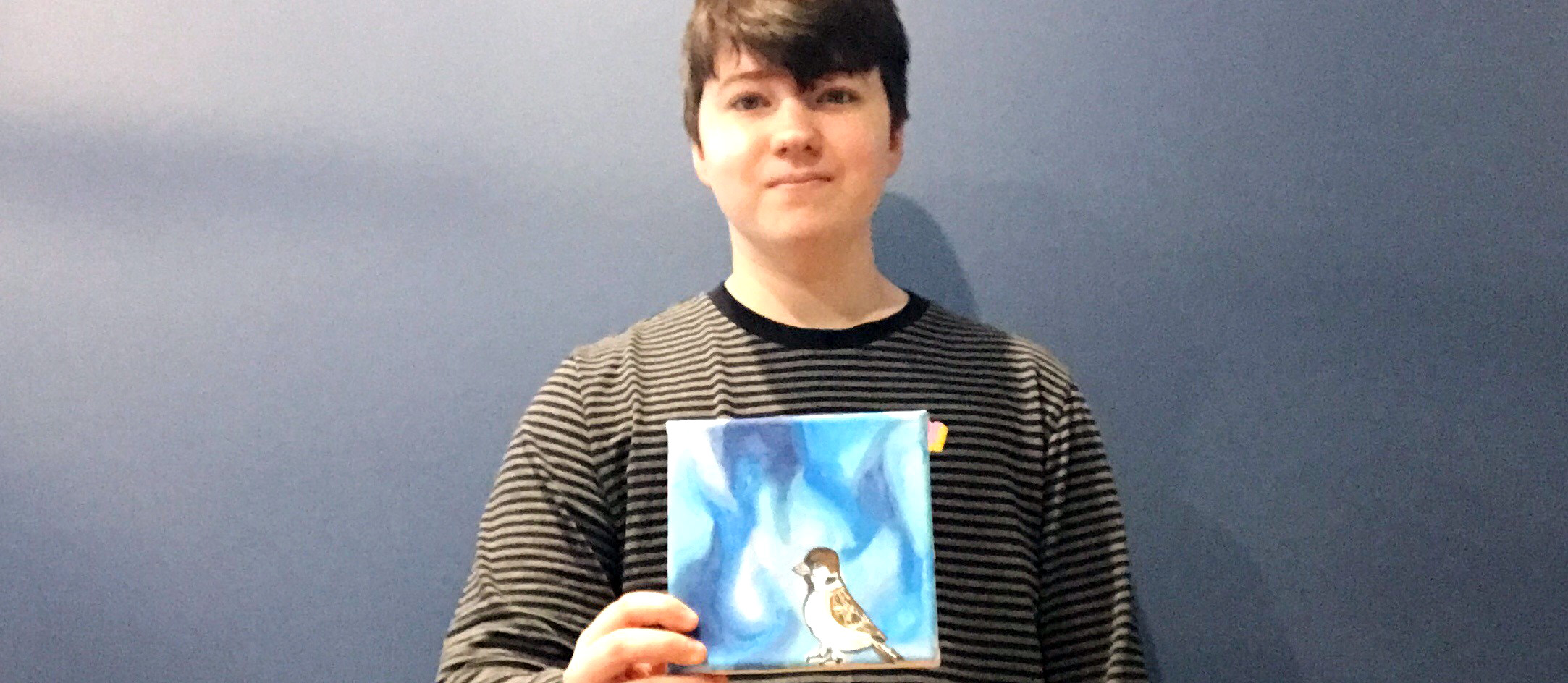
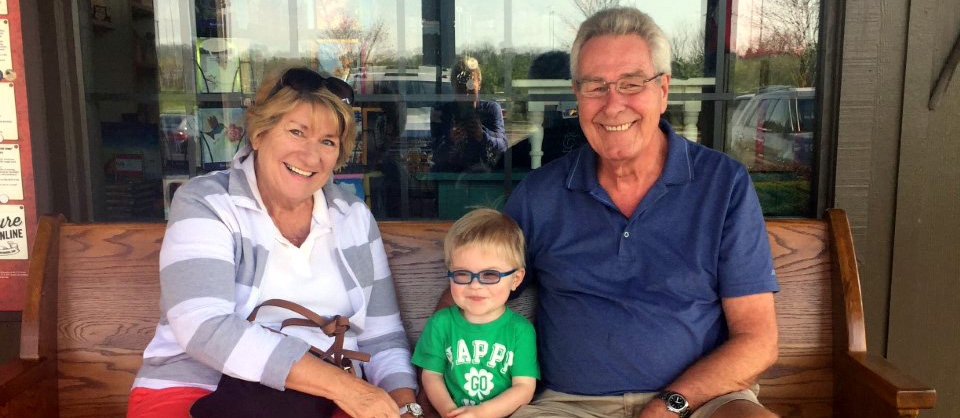
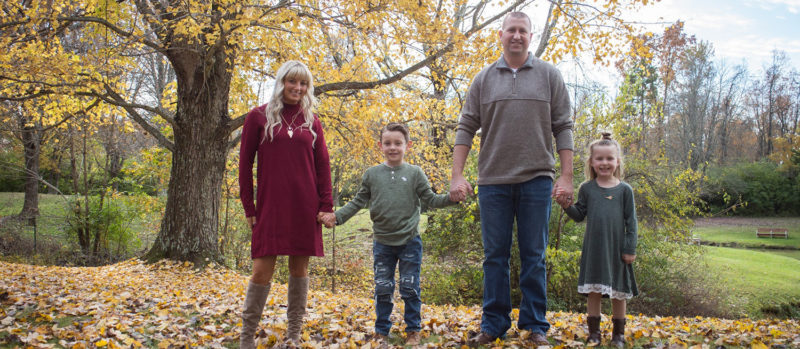

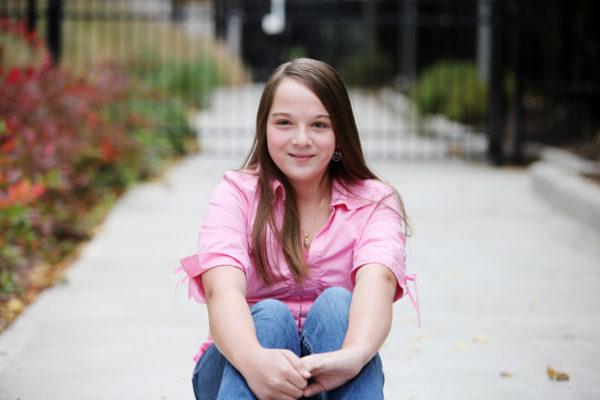
Congratulations, Ashten! That program saved my daughter’s life, too. Nothing short of a miracle, and the enormous amount of work you put into it. I’m excited for your future. Enjoy every minute of having your life back.